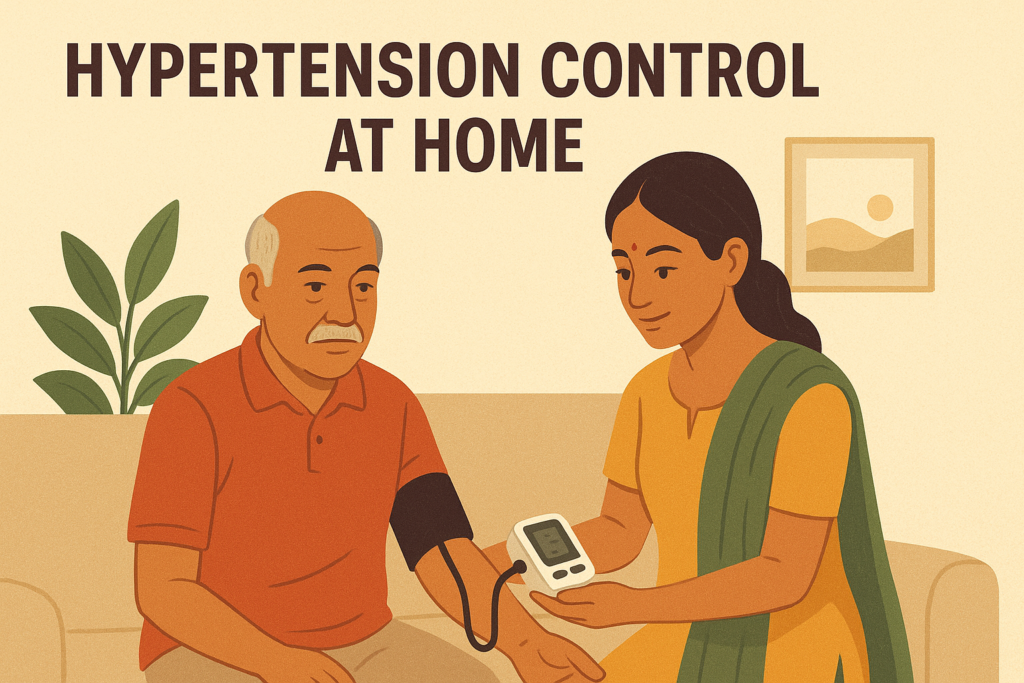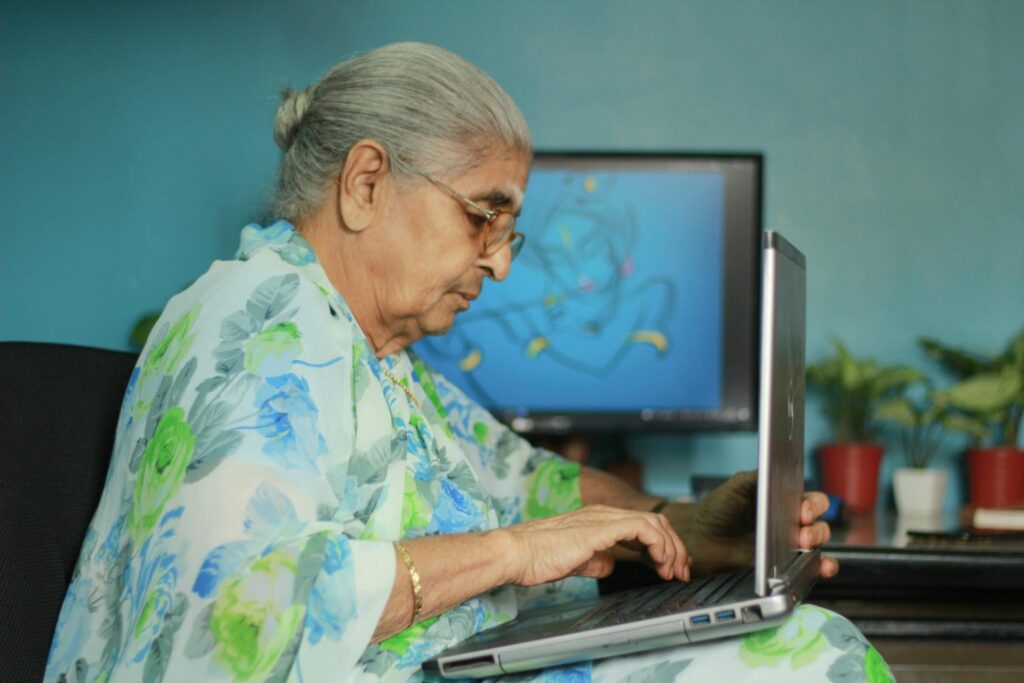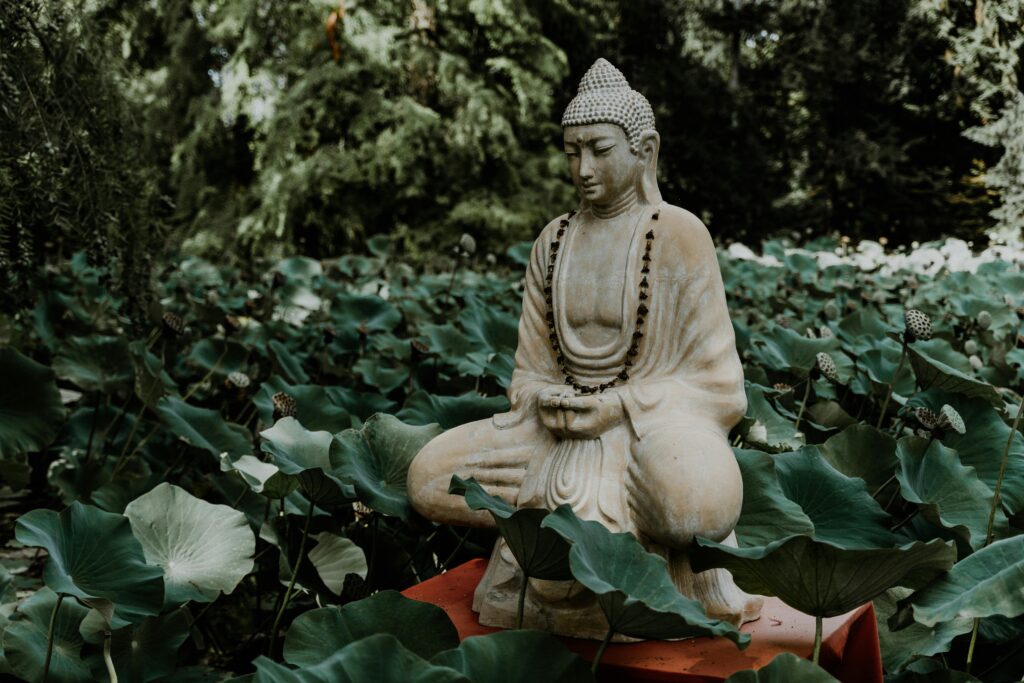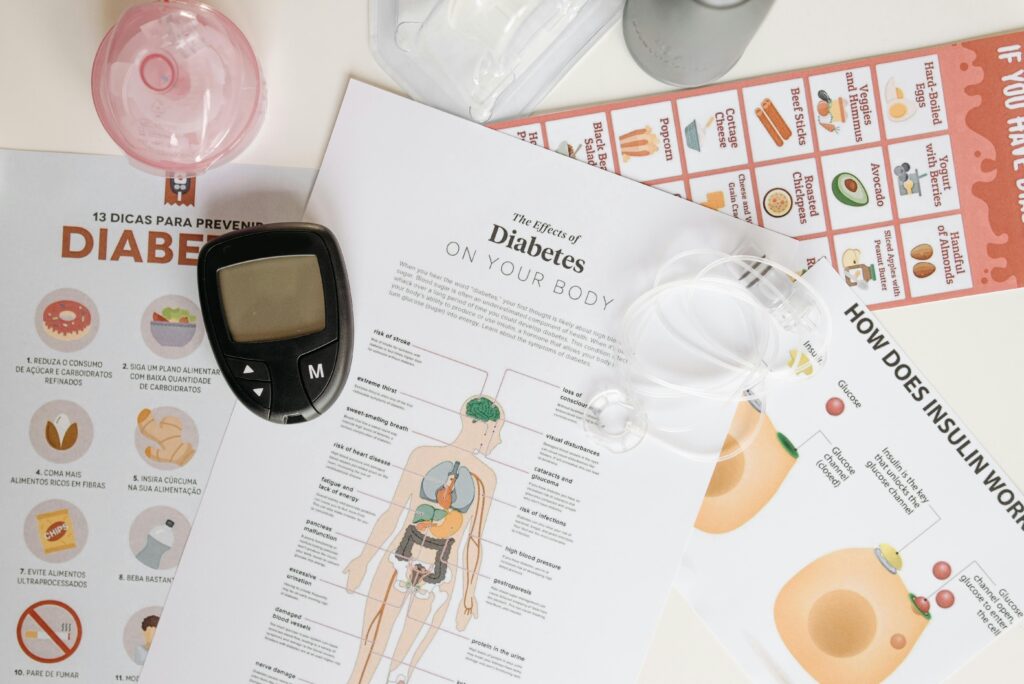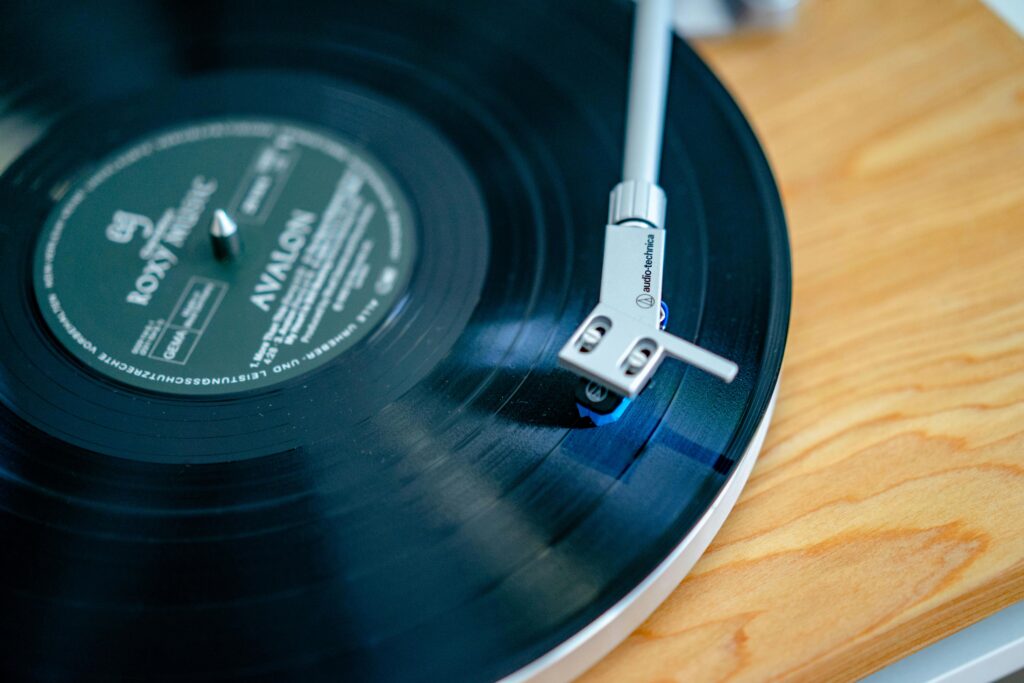High blood pressure (hypertension) is common in elders. It is often called the “silent killer” because it may not cause obvious symptoms. But left unchecked, it can lead to heart attacks, strokes, and kidney problems. The good news is that many elders can control blood pressure with daily habits at home. Small steady changes help a lot.
Understand what hypertension is
Blood pressure measures how hard the blood pushes against the walls of the arteries. Two numbers appear on a BP readout: systolic (top) and diastolic (bottom). High numbers mean more strain on the heart and vessels. Your doctor will tell you the target BP for you. For most elders, the aim is to keep it within a safe range the doctor agrees on.
Keep a home blood pressure routine
- Buy a reliable digital BP monitor for home use. Choose one with an upper-arm cuff.
- Measure at the same time each day. Morning before medicines and evening are common times.
- Sit quietly for five minutes before checking. Keep the arm supported at heart level.
- Record the readings in a notebook or phone. Share the log with the doctor at follow-ups.
- Don’t panic at a single high reading. Take two checks five minutes apart and note both.
Make your plate blood-pressure friendly (Indian tips)
- Reduce salt. Use less salt while cooking and avoid adding it at the table. One small spoon less each week helps.
- Avoid packaged chutneys, pickles, papads, and ready-to-eat snacks—they may have hidden salt.
- Choose millets, brown rice, or mixed grains instead of refined rice often.
- Eat more dals, vegetables, and fruits. Seasonal fruits and cooked vegetables are easy on digestion.
- Include sources of good protein: moong dal, curd, paneer, eggs, fish, or chicken in moderation.
- Use heart-healthy cooking oils in moderation (for example, mustard oil, groundnut oil) as advised by your doctor.
- Flavor food with spices: turmeric, cumin, coriander, curry leaves, ginger, garlic, and lime instead of extra salt.
- Limit sweets and deep-fried foods. Small treats are okay rarely.
Move a little every day — safe exercise for elders
- Aim for a short walk daily. Even 20–30 minutes, broken into two or three short walks, helps.
- Gentle yoga and simple stretching improve circulation and reduce stress. Poses like tadasana, sukhasana breathing, and gentle neck/shoulder stretches are good. Practice under guidance at first.
- Household activities—gardening, sweeping, light chores—count as movement.
- Avoid sudden heavy exertion. Listen to the body. Stop and rest if there is chest pain, severe breathlessness, or dizziness.
Manage weight and diabetes (if present)
- Losing even a small amount of excess weight lowers BP.
- If the elder has diabetes, keep both sugar and BP under control. These two run together and increase risks if unmanaged.
- Follow a balanced diet and steady activity plan as advised by the doctor.
Take medicines the right way
- Take medicines exactly as the doctor prescribes. Do not skip or stop suddenly.
- Use a pill organiser or set phone alarms. Family members can help with reminders.
- Keep an updated list of medicines, doses, and timings. Carry a copy to all doctor visits.
- Discuss side effects with the doctor. Sometimes medicines can be changed to suit the elder better.
Cut down tobacco and alcohol
- Smoking greatly increases the risk of heart disease and stroke. Help elders quit if they smoke.
- Alcohol can raise blood pressure. Limit intake or avoid it entirely as the doctor advises.
Sleep and stress matter
- Poor sleep and high stress raise BP. Encourage regular sleep routines.
- Simple relaxation helps: slow breathing, short walks, listening to calm music, prayer or meditation.
- Family support lowers stress. A kind, calm home helps the elder’s heart.
Keep the home safe and supportive
- Make daily routines simple and predictable. Place medicines, water, and essentials within reach.
- Avoid sudden temperature changes—extreme heat or cold can strain the heart.
- During hot or very cold weather, monitor elders more closely and follow the doctor’s guidance.
Monitor other risk factors
- Check cholesterol and blood sugar regularly as advised.
- Treat obstructive sleep problems or breathing issues that can worsen BP.
- Discuss heart checks like ECG or echo with the doctor if recommended.
Affordable and practical tips for Indian families
- Cook at home more often. Home food usually has less hidden salt and oil.
- Buy seasonal fruits and vegetables from local markets—fresh and budget-friendly.
- Use community walks, senior groups, or local yoga classes for low-cost activity.
- Ask the local health worker about government schemes for medicines and check-ups if cost is an issue.
When to contact the doctor or seek urgent care
Seek immediate help if the elder has:
- Severe, sudden headache or confusion.
- Chest pain, breathlessness, or fainting.
- Very high BP readings (as the doctor defines) with symptoms like vision changes, weakness on one side, or slurred speech.
Quick action can prevent serious harm.
Working with the doctor — keep communication open
- Bring the BP log to appointments. It helps the doctor adjust medicines.
- Talk about side effects, lifestyle challenges, and cost concerns. A good plan fits the elder’s daily life.
- Review medicines every few months or when other health conditions change.
Small steps win the race
Hypertension control is not one big change. It is many small, steady habits. A better plate, short walks, calm sleep, medicines on time, and regular BP checks add up. Families and caregivers are the backbone of this change. With care and patience, elders can lower risks and enjoy life.
💬 Share your experience
Do you support an elder with high blood pressure? What daily habits worked for you at home? Share your tips in the comments below to help other families.
📢 Found this useful? Please share the blog with friends and family. Small changes can save lives.

